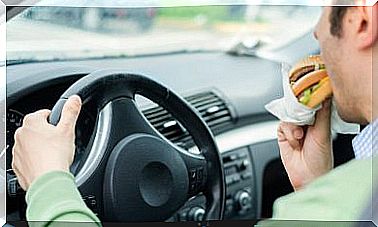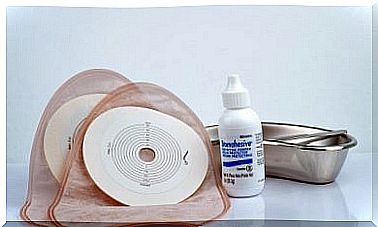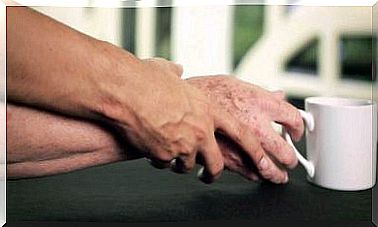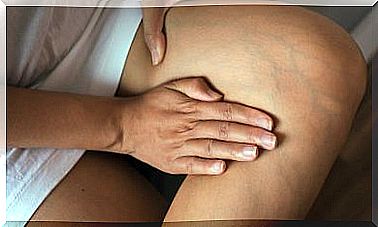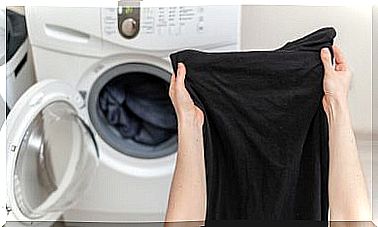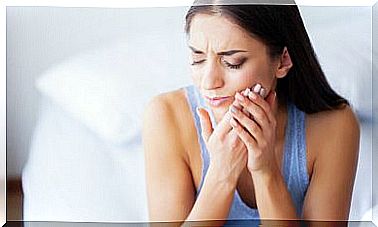Exercises To Relieve Pain From Cervical Disc Herniation
Exercises to relieve the pain of cervical disc herniation are a great support in this pathology. It is a disease of difficult approach that complicates the performance of activities of daily life.
Patients with this problem suffer continuous discomfort that disrupts work, sleep, walking, sports, and even social relationships. Fortunately, some physical therapy techniques are helpful in relieving chronic pain.
What is cervical disc herniation?
The spinal column is made up of a stack of vertebrae that are related to each other by soft tissues. These vertebrae are small bones with a particular shape that, once joined, function as a single axis on the back.
This anatomical arrangement is divided into four major parts: cervical, thoracic, lumbar and sacral. The first of them, which is the one that interests us now, is made up of 7 vertebrae at the neck. Not only are they the support of the skull, but there are nerves that go down to the thorax and the upper limbs.
Between each vertebra there is a spongy structure that is the cervical disc. It fulfills joint and cushioning functions, so that each bone does not contact the next with the consequent appearance of osteoarthritis.
If the vertebral discs do not align with the axis of the spine, they are dislodged or destroyed, then a herniated disc occurs. It is as if a portion of it were protruding from the sides of the spine, causing a vertebral destabilization and contacting the nerves that pass through there.

Symptoms of herniated disc
When there is a cervical disc herniation, the symptoms depend on the specific area where it is located. As we said, there are 7 vertebrae in the neck, and the upper ones are related to different structures than the lower ones.
Generally speaking, pain is the characteristic sign of pathology. The explanation lies in the pressure that the hernia produces on the nerve tracts. When the disk is out of place, it squeezes the path of the neurons that travel through the neck, and the discomfort is directed to the sites that these nerves regulate.
For this reason, it is common for the arms and shoulders to be pain receptors. Several nerves that originate in the cervical spine go to the upper limbs to innervate the muscles there. Along with this, tingling and tingling are perceived for the same reason.
If the herniated disc leads to complete clamping of a nerve, the muscles that depend on it may lose strength. There are people who do not have the power in their hands to hold a cup, for example, or to squeeze something with the pincers of their fingers.
Pain that becomes chronic leads to muscle contracture. The muscles of the neck, as a sign of defense against discomfort, contract to protect the internal structures, but they trigger a picture of vertiginous syndrome associated with nausea, dizziness and headache.
Some exercises to relieve cervical disc herniation pain
When the pathology has been diagnosed, the doctor usually indicates physiotherapy sessions. There, with a professional as a guide, exercises are performed to relieve cervical disc herniation pain. The same kinesiologist often recommends to patients ways to continue training at home.
Here we tell you some options, but remember to check the possibility of doing them in your clinical context with the physiotherapist. Although they are not very risky, it is preferable to increase precautions.
Use of heat
Heat massage is useful as an exercise for the pain of herniated discs that are associated with muscle contracture. The high temperatures relax the muscle tissue and help it relax, releasing the tension in the fibers.
There are electrical devices that transmit heat, as well as homemade techniques, such as cloths. They should be supported on the neck intermittently, alternating positions and combining with finger massages.
Stretching
Stretching the neck is key in herniated discs that develop in people with office jobs, especially. When sitting for a long time, the weight of the skull and the position of the spine are counterproductive. Therefore, the need to stretch the cervical muscles is imposed.
This can be done with the application of rest intervals in which the neck is lateralized to the right and to the left. In the same way, bringing the chin towards the chest is a way of forcing the muscles to stretch.
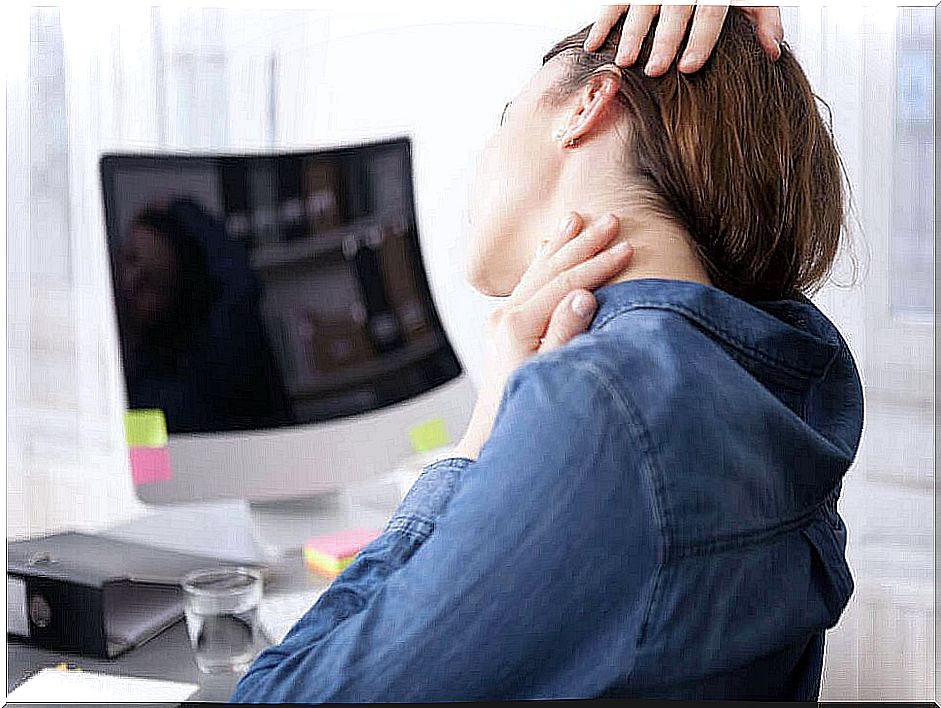
Pilates
Pilates is a useful and prescribed technique as an exercise to relieve cervical disc herniation pain. There are specialized centers for this gymnastics, as well as tutorials for doing it at home. In terms of recommendation, it will always be preferable to specify routines with a teacher.
One of the fundamentals of Pilates is its work on small muscles, which would help the affected intervertebral muscles, for example, when there are hernias in the neck. Strengthening this tissue adds support to the spinal axis so that the skull distributes its weight better.
Neck traction
This exercise is performed by physiotherapists, but with the corresponding education and training, some variants can be carried out at home. It is important not to do it if you are not sure if you can do it correctly.
It begins with the body lying down and the back against a mattress, rigid if possible, that does not favor sinking. Then the neck is pulled up against gravity. A movement of the lumbar part can be added, at the same time, to favor the separation between the vertebrae.
A noise may be heard when pulling, which is not indicative of damage or poor technique. These sounds have to do with soft tissue displacement in the neck.
Combine techniques and exercises to relieve herniated disc
There is no single approach to herniated discs. The ideal is to combine exercises with a professional follow-up, after having carried out the complementary methods that certify the degree of damage.
Surgery is a last option that is reserved for specific serious cases. Most people with cervical hernia should use conservative treatment, sometimes with the use of pain relievers and anti-inflammatory drugs.
